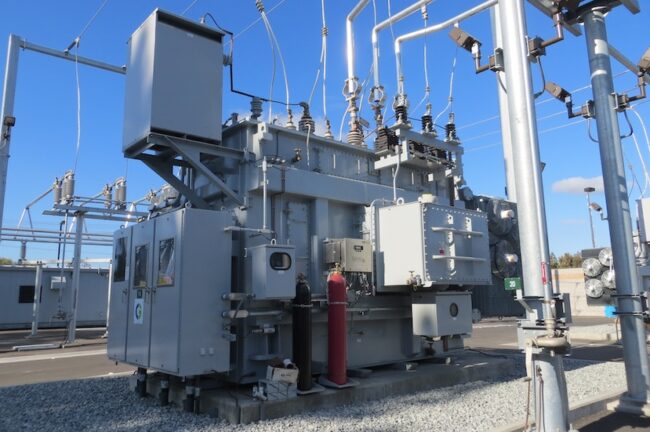For the energy storage modeling wonks out there, there are interesting developments playing out in CAISO. The Energy Storage Enhancements (ESE) working group met last week (August 3rd, 2023) to discuss potential changes to how CAISO models State of Charge (SOC).
Quick catch-up
When energy storage resources are awarded Reg Up/Down awards in the DA auction, this is a capacity offer and the resource is therefore offering availability. The actual level of usage (or energy deployed in real-time operations) is unknown in advance of the operating hour.
- For energy storage resources, this creates real-time SOC uncertainty, given the unknown level of deployment in real-time. If you are uncertain about your SOC, as an operator, that changes what potential actions you can take in other hours.
- With limited energy capacity and duration, this presents a challenge because operators and CAISO need to ensure that the energy storage system will have sufficient SOC to cover their awards in the real-time dispatch. Uncovered awards can lead to forced charging/discharging at potentially high prices or the need to replace undelivered regulation capacity.
The problem for CAISO market functioning
CAISO has historically not factored in energy dispatch tied to Reg Up/Down awards, let alone some uncertain, non-zero level of deployment.
- As such, storage operators may have insufficient SOC (for Reg Up) or too little headroom (for Reg Down) to meet their awarded capacity obligations. This might occur if in previous awarded intervals, there were deployments that depleted SOC with no opportunities to charge in between.
- This has caused issues for CAISO and resulted in unexpected uplift payments associated with forced buying/selling in the RT Market. For example, in September 2022, CAISO made a change to its tariff to reduce uplift payments paid to operators who were caught short of their ancillary awards but still received bid cost recovery. (More info and modeling from the DMM)
Proposed approaches
CAISO and market participants have proposed a number of alternate approaches for incorporating deployment into their SOC formulas and optimization software.
- 100% robust coverage: The most conservative proposal could limit a 4-hour energy storage resource to 4 cleared positions in the DA Market per operating day. This would be a significant reduction in activity (and revenue) compared to how most storage resources are operating/clearing today.
- Envelope equations: This would add SOC uncertainty buffers, which would factor in some level of deployment uncertainty or buffer into the optimization. This would also limit regulation activity, relative to current approaches, but is less conservative than the first approach. This could also be tuned over time based on observed levels of deployment.
Impact on operations and development model
Tyba has always factored in deployment uncertainty into its optimization framework through an approach called Robust Optimization. This includes coverage for each of the approaches contemplated by CAISO.
- Reach out to understand how these changes could impact the relative share of regulation revenues and how to manage SOC uncertainty in your dispatch effectively, both for long-term development modeling and in daily operations.
- All else equal, we expect these changes to decrease the overall level of Reg Up/Down a given storage system will be able to clear in the DA Market.
- For sizing considerations, these more stringent requirements, combined with the transition to the slice-of-day RA approach, could also spur the adoption of longer duration (>4 hour) energy storage resources.



